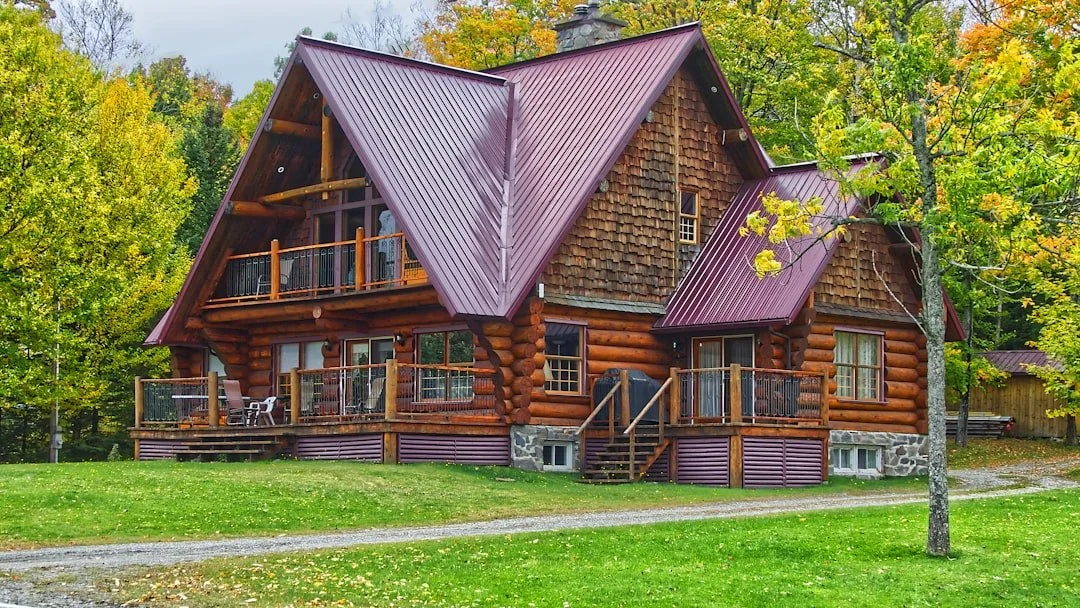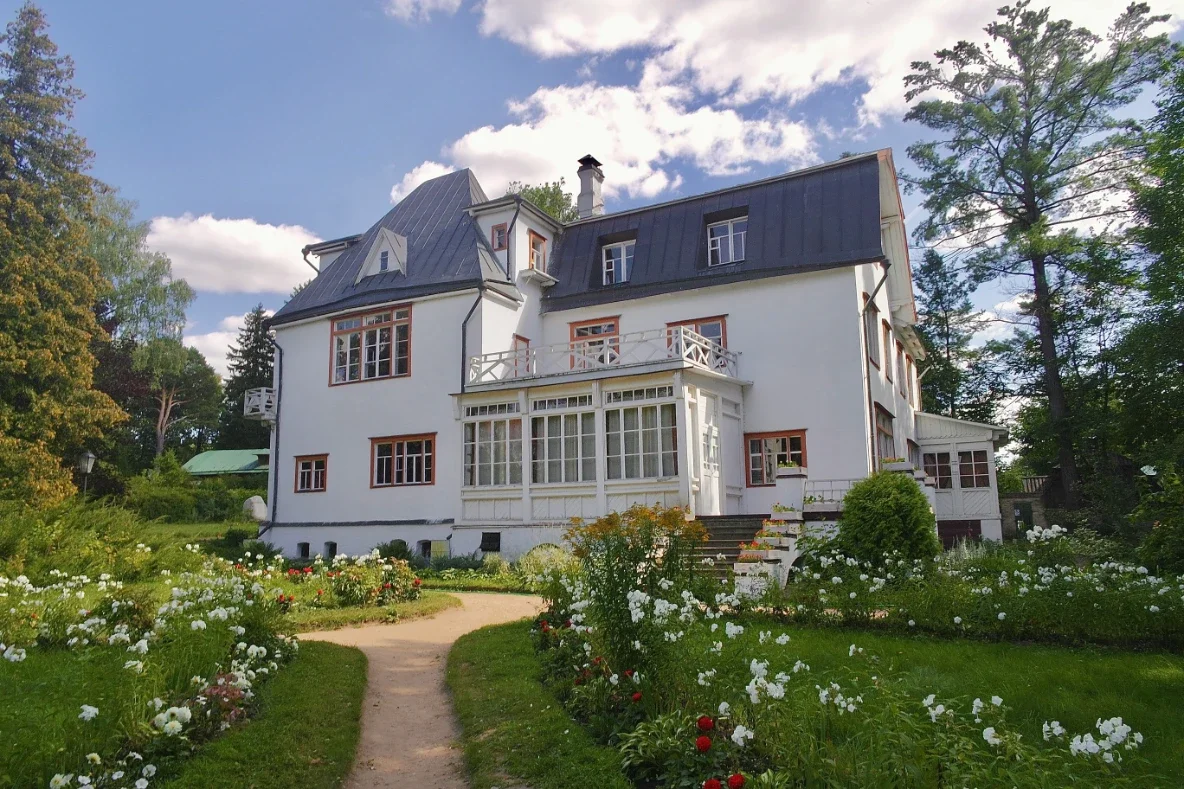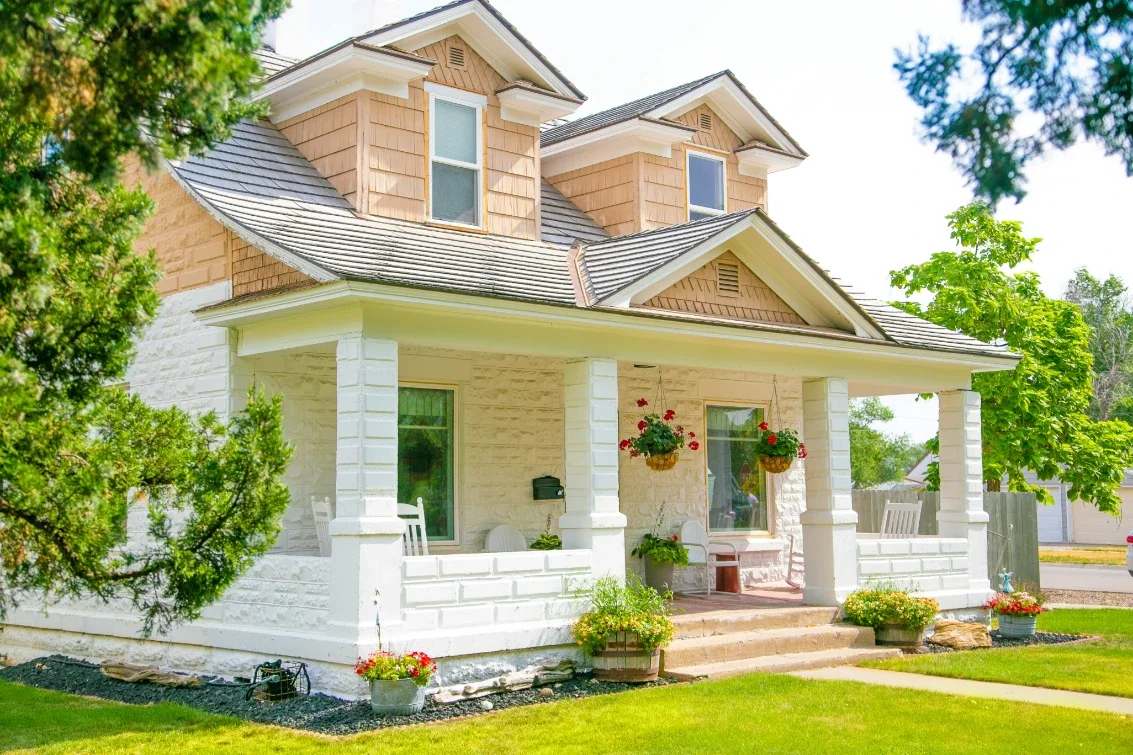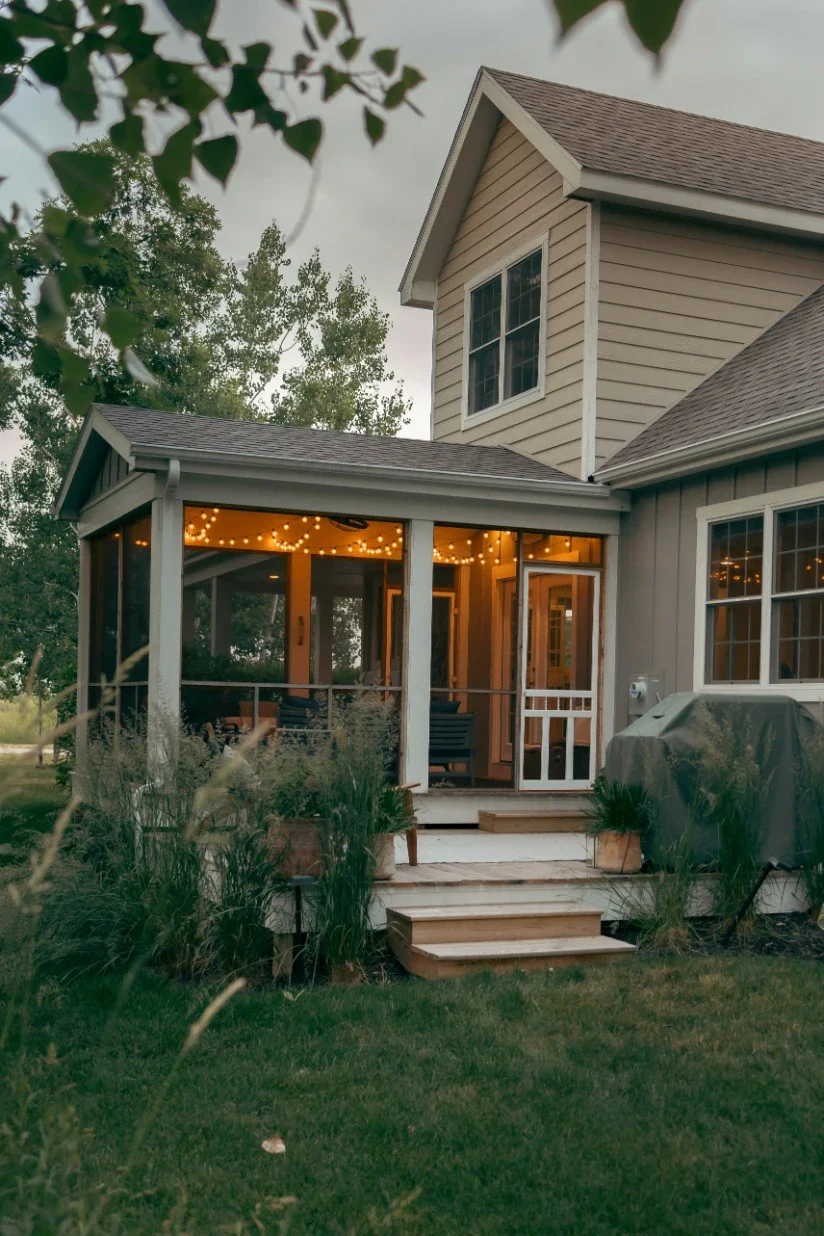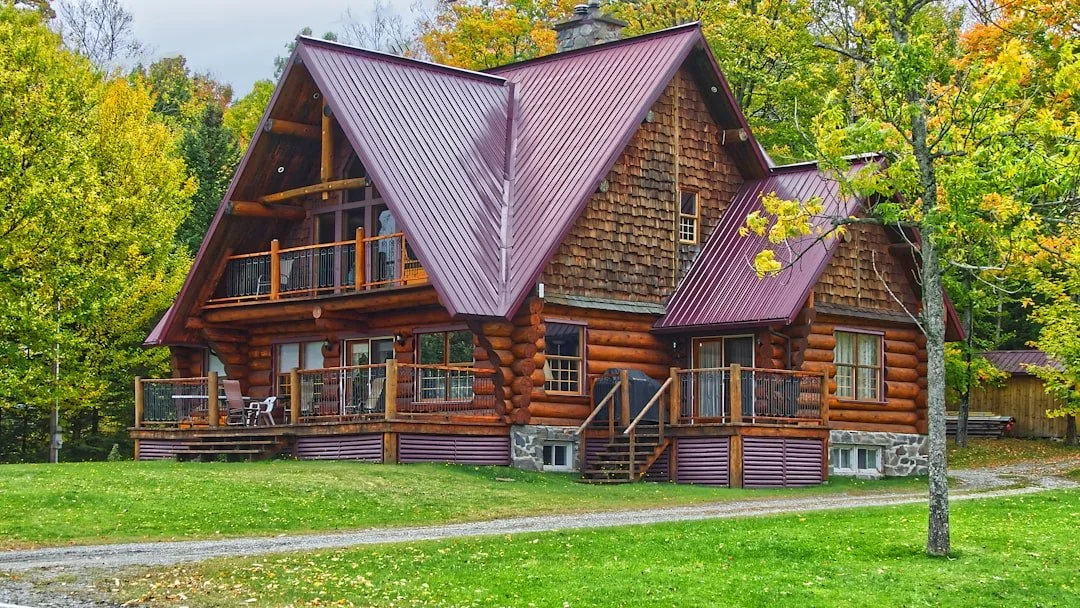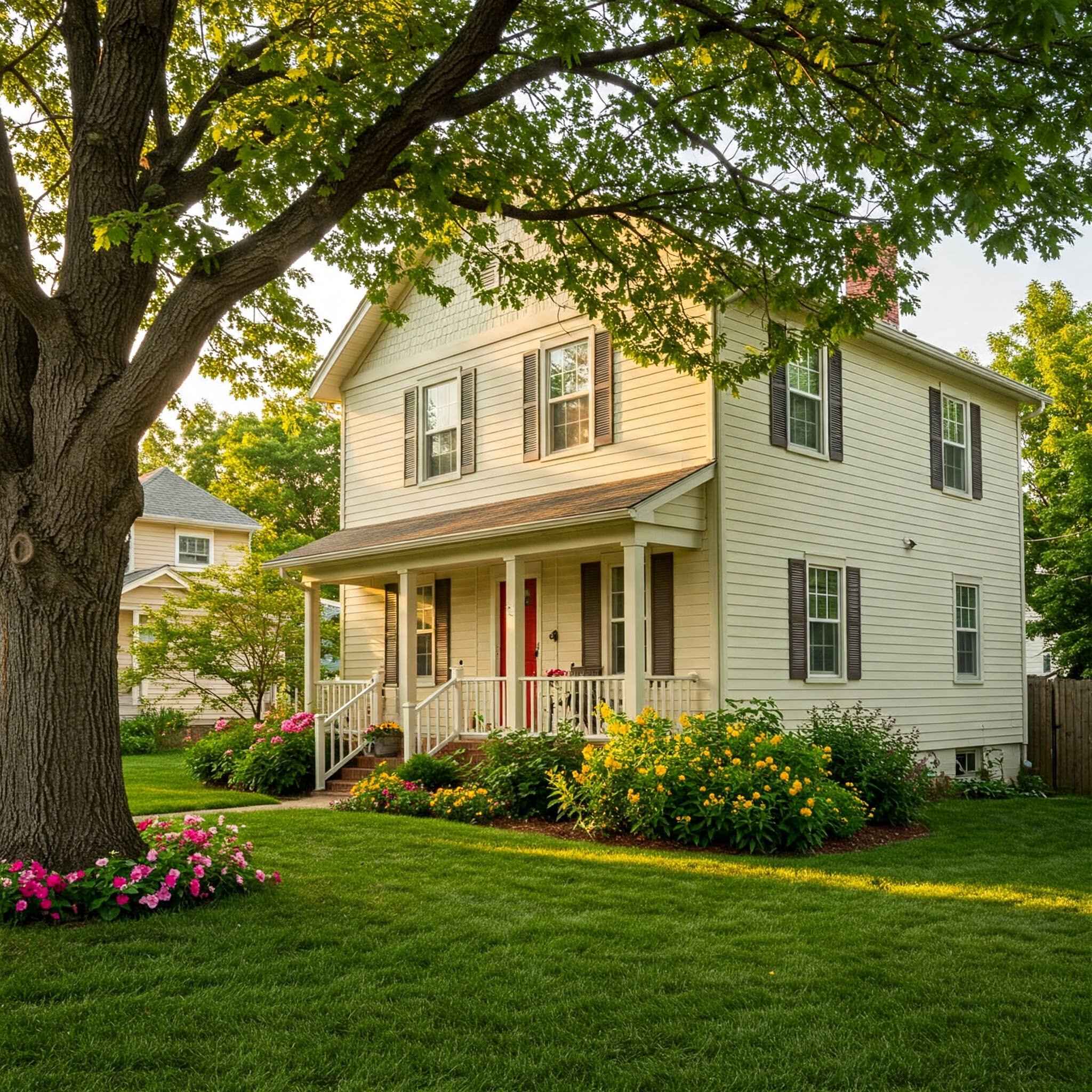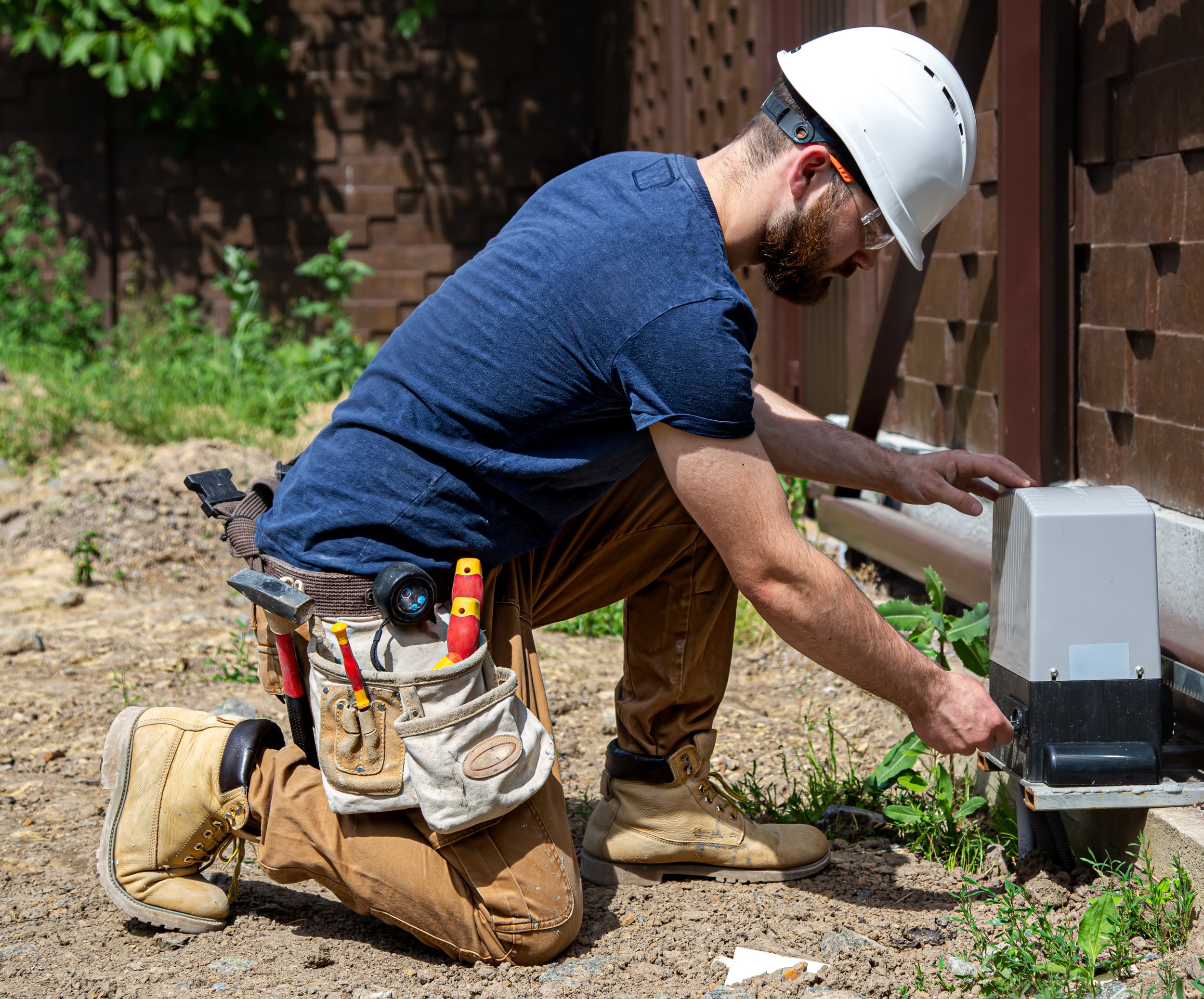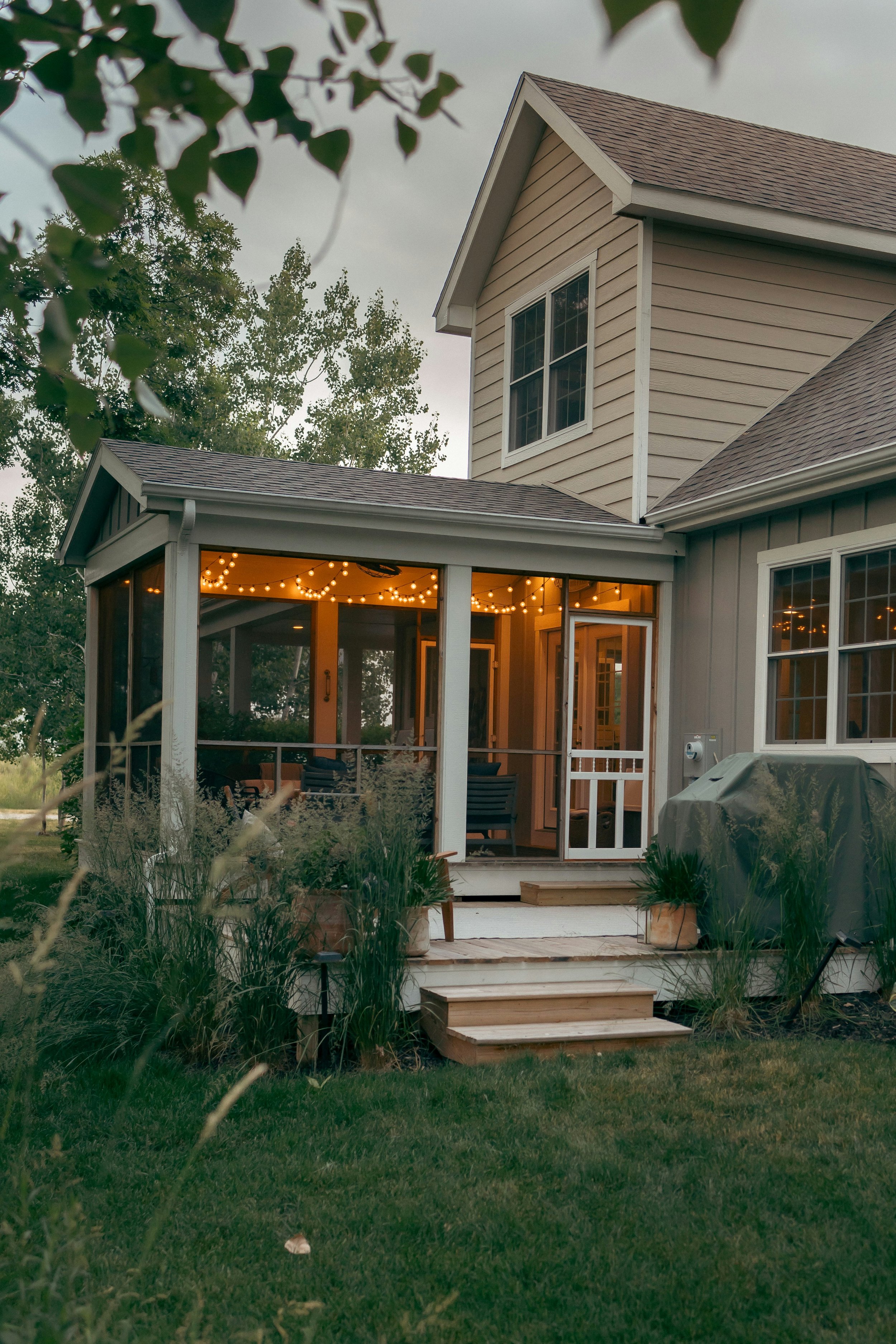Breathing New Life into an Old House: Essential Preparation Tips
Revitalize your old home with these essential preparation tips—covering repairs, cleaning, and upgrades to make your renovation a success.
Restoring an older home can be one of the most satisfying projects a homeowner undertakes. These structures carry charm, character, and history that newer homes often lack. But breathing new life into an aging space requires more than just enthusiasm. It calls for careful preparation, realistic expectations, and the patience to work through setbacks.
Whether you're planning cosmetic upgrades or full-scale renovations, starting with a clear plan sets the tone for everything that follows. Failing to address structural issues early or misjudging timelines can lead to delays and wasted money. The following strategies help ensure that when you bring an old house into the present, you do so with confidence and clarity.
Assess the Structure Before Making Plans
Before dreaming about design updates or color palettes, confirm that the bones of the house are strong. Many older homes come with issues hidden behind walls or under floors, plumbing corrosion, outdated electrical systems, or foundation settling. These aren’t aesthetic concerns, but functional ones that affect the safety and value of the entire property.
Hire a qualified home inspector with experience in older properties. They’ll look beyond surface-level problems and check the integrity of framing, roofs, basements, and more. If possible, get separate evaluations from a roofer, electrician, or HVAC technician. Their reports give you a roadmap of where to focus your energy and budget. This step avoids surprises halfway through a remodel and informs you which upgrades are feasible within your timeline.
Prioritize Upgrades That Impact Health and Safety
Some updates feel exciting: flooring, paint, and new cabinetry. Others feel like chores. But upgrades that affect safety and habitability must come first. This includes removing old lead-based paint, replacing knob-and-tube wiring, updating unsafe staircases, and ensuring the home meets current ventilation standards.
Many of these elements are invisible when done correctly, yet they affect how you feel in the space. A home with poor airflow or aged insulation won’t feel fresh no matter how beautiful it looks. Start where it matters most, even if the results aren’t immediately visible.
Secure Permits and Understand Local Requirements
Depending on the scope of your renovation, you may need permits from your local government. These vary by city, county, and state, so don’t assume that minor-looking projects fall outside the requirements. Work that affects structural integrity, plumbing, or electrical systems nearly always requires inspection.
Working without permits creates long-term problems, especially when it’s time to sell. Unpermitted work can reduce home value, cause insurance issues, or require expensive corrections later. Visit your local building department or website to understand what’s required. In many places, the process is faster than homeowners expect.
Build a Budget with Breathing Room
Old homes rarely follow a script. A simple project can uncover hidden damage or new code requirements. That’s why the best budgets include a buffer. Plan to spend at least 10 to 20 percent more than your initial estimate to account for unexpected costs.
Include material costs, labor, tools, permit fees, and temporary living arrangements if your home becomes uninhabitable for part of the process. Document everything you spend, even small purchases. Tracking your budget daily helps you stay on top of changes before they become major issues. Transparent budgeting helps reduce stress and allows more flexibility when you need to pivot.
Choose Contractors with Specialized Experience
Working with the right professionals is crucial when restoring an older home. Even experienced general contractors may not understand the quirks of vintage structures. That’s why researching potential contractors carefully helps protect both your investment and your peace of mind. Ask about their familiarity with your home’s era and request examples of past work that align with your goals.
Communication matters too. A good contractor will explain challenges, offer solutions, and stay transparent about delays. Since many restoration projects involve piecemeal work or unique materials, regular updates help keep expectations aligned on both sides.
Invest time in reading reviews, checking licensing, and confirming insurance coverage. A strong working relationship will be your greatest asset throughout the process.
Make One Room Livable First
If you plan to live in the house during renovations, designate one room as a “safe zone.” This space should stay clean, organized, and functional as a retreat from the mess. A bedroom or small living area can serve this purpose well.
Having a space where you can recharge improves morale and makes the process feel less overwhelming. Store tools elsewhere, keep dust out with door seals or curtains, and bring in small comforts like cozy seating or familiar art. This room becomes a reminder of progress, offering rest and routine during a disruptive time.
Tackle Projects in Logical Order
There’s a natural rhythm to renovating a house, and working in the wrong order can lead to wasted effort. Always start with structural or external repairs first: roofing, foundation, exterior drainage. Then move inward to utilities like plumbing and wiring.
Only after these core elements are secure should you begin cosmetic changes, such as flooring, drywall, paint, and fixtures. Skipping ahead leads to rework and damage, such as repainting after needing to open a wall again. Trust the sequence and work with your contractor to create a project timeline that aligns with this flow.
Prepare for Setbacks Without Losing Momentum
Unexpected challenges are part of restoring an old home, no matter how thorough your planning. You might uncover hidden water damage, outdated materials behind walls, or run into long delays sourcing custom parts. The key is to approach these setbacks with flexibility and a problem-solving mindset.
Rather than viewing disruptions as failures, treat them as adjustments. Stay in regular contact with your contractor, and don’t hesitate to revisit your timeline or reallocate budget when needed. Some issues may require quick decisions, while others benefit from a pause to consider options carefully.
Keeping your overall vision in focus helps you adapt without feeling discouraged. Progress may feel slow at times, but each step moves the project closer to completion. Patience and persistence go a long way in making sure the final result is both beautiful and lasting.
Restoring an old house isn’t just a project, but a partnership with the past. Each repair and improvement is an act of care that honors the home’s story while preparing it for new ones to come. When approached thoughtfully and patiently, the process rewards you with a space that feels both historic and deeply personal. With the right groundwork, that vision becomes reality.
